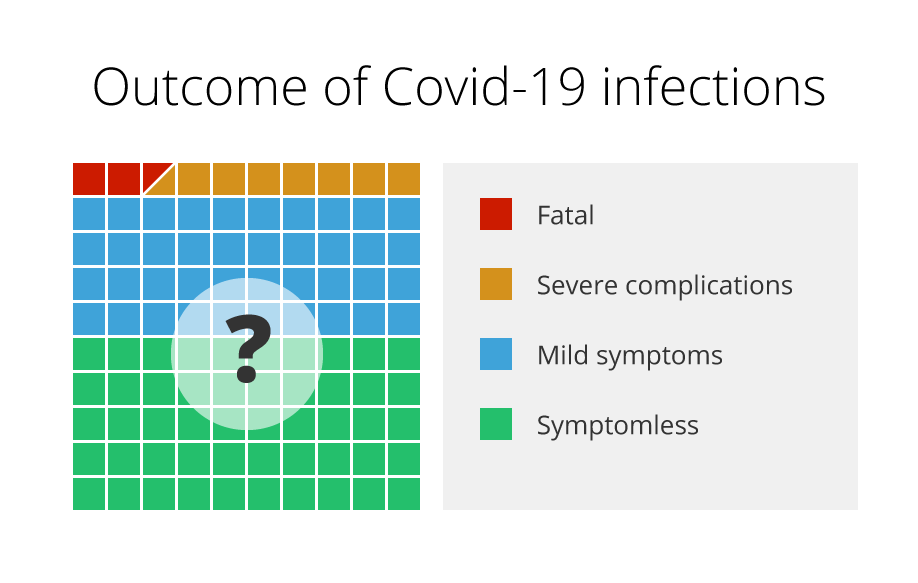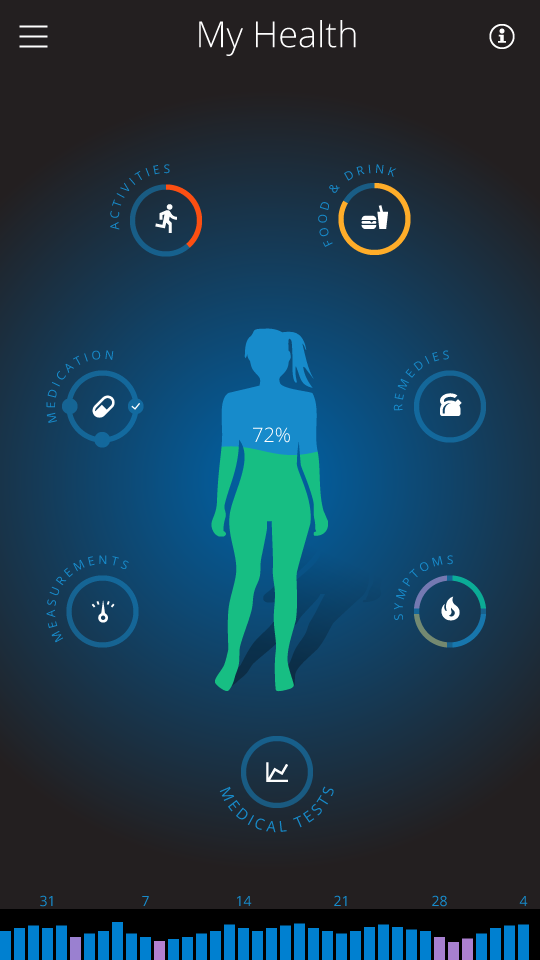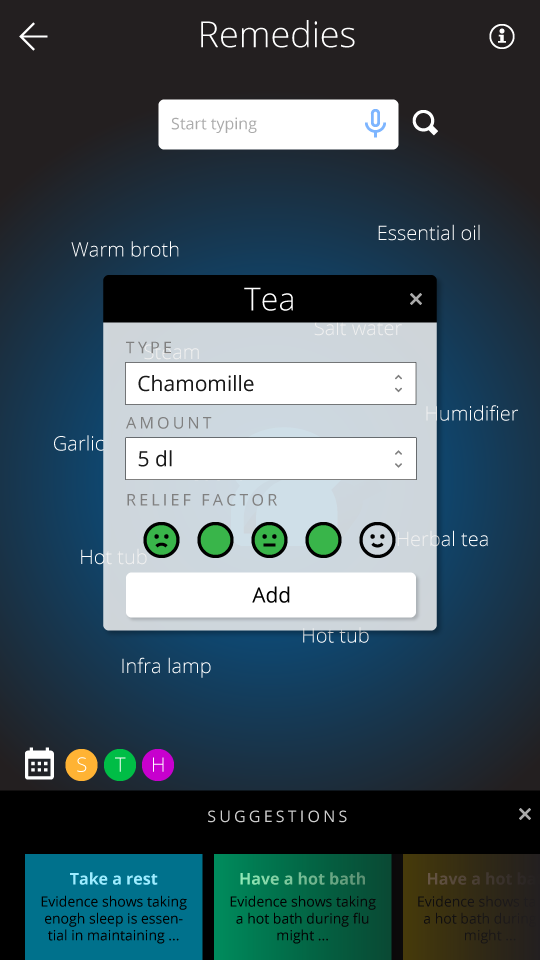These days we are sitting in our modern caves and waiting for the unavoidable tsunami of the coronavirus to come. By now we can predict that 20% of infected people will get hospitalized and some 5% will need breath support, of which most will die, unfortunately. We can slow down the speed of spread by social distancing and other measures, but whatever we do, there will be a shortage of medical staff and ventilators. We’ve reached the limits of the health care systems in this regard, and most countries are even far beyond. We can’t expect wonders on this front.
Some didn’t catch the illness so far. Today the best we can do is contain the virus by social (physical) distancing to mitigate the upcoming burden on health care. We already know a lot about the effect of these measures, although we know we can’t keep up with them infinitely unless ruining the economy. These measures will not decrease the number of infected people, it’s only good to gain time.
What’s not clear yet, however, what happens with those who catch it, but don’t get hospitalized or don’t even show symptoms. Some models predict every other person goes through the infection without noticing any. So it’s about 90% of the population can cope with the illness by relying on their immune system alone. This is a large proportion. Finding ways to increase this number, even with just a few percent can potentially save millions of lives worldwide.

What do we know?
Today we see the correlation of the fatal outcome with existing conditions; Cardiovascular and Respiratory Diseases, Diabetes, and Cancer denote the biggest risk factors. The correlation with age is also well known. Still many people with these conditions can cope with the virus. We also see younger, healthier patients getting hospitalized. What are the hidden factors? Vaccination? Food? Supplements? Exercise? Home remedies? Blood type? Are there other factors that can significantly increase or decrease the likelihood of hospitalization, like previous (unrelated) conditions, genetics? There are tons of theories around – so many we will never be able to test them.
How to tell apart the important factors from the insignificant ones?
This is where big data might play an important role. It collects user’s health history, their medication, their habits. And once a medical condition is identified (e.g. a positive test) we can draw conclusions retrospectively.
Using a mobile phone is an obvious way to collect such data. Even a few thousand user’s data can prove useful, but once we can gather data from masses, deep learning could produce better predictions and we can even give personalized advice.
What data can we collect?
- Location: to track the effect of regional circumstances; weather, air quality, tap water quality, number of infected people in the vicinity, quarantine measures, etc.
- Activity: the number of steps, workouts (if collected with a health tracker).
- Health history: by an initial questionnaire
- Medication / home remedies: by self-registration
- Nutrition: daily fluid and food intake by self-registration
- Symptoms: aches, respiratory difficulties, mood, etc.
- Measurements: weight, blood pressure, glucose level tests (done at home)
- Medical test results: virus tests, antigen tests, blood tests, X-rays, etc.


Deep learning
With the help of deep learning, we will be able to pinpoint hidden factors and can feed back the most promising results almost instantly. We can also recognize hidden patterns, and warn users of the riskiest situations.
How to start?
Luckily, we don’t have to finalize the full product before releasing it in app stores. At the first stage, it’s enough to allow people to send their data and collect them in a central database. Simultaneously we can start developing the core functionality; the data analysis tools. As this project handles very sensitive information and might conflict with some countries’ regulations, the project must be run by a non-profit, non-governmental organization, preferably by a trusted international organization, like the WHO (if that’s trusted 🙂 – I’m not sure…). I’d also suggest using an open-source model, to allow even more developers to contribute, which would accelerate the development.
Conclusion
We’re not trying to find the Holy Grail of coronavirus treatment here, only the best practices that can increase the likelihood that one’s immune system can cope with this illness. Just a few percent improvement means we’re saving hundreds of thousands or even millions of lives.
While containment measures try to stop the spread of the virus for now, sooner or later most of us have to go through this disease. Fortunately, this suggested method works any time, the more data accumulated the better. Also works for other diseases without any change in the application.

